VolumeDeltaM1
- 지표
- Stanislav Korotky
- 버전: 1.4
- 업데이트됨: 18 11월 2021
- 활성화: 5
This indicator provides tick volume delta analysis on M1 timeframe. It monitors up and down ticks and sums them up as separate volumes for buys and sells, as well as their delta volumes, and volume clusters on price scale within a specified number of bars. This indicator complements VolumeDelta, which uses similar algorithms but does not process ticks and therefore cannot work on M1. VolumeDelta can show its signals on entire history because it reads M1 volumes for calculations on higher timeframes, while VolumeDeltaM1 collects "tick" statistics on M1 online and can show signals only on those ranges when the indicator was online and saved live data into special files (1 file per day).
The indicator can work on a higher timeframe by reading data collected on M1. To save ticks into the file it's required to have an instance of the indicator on M1.
This is a limited substitution of market delta analysis based on real volumes, which are not available on Forex.
The indicator displays the following data in its sub-window:
- light-blue histogram - buy (long) volumes;
- orange histogram - sell (short) volumes;
- light green histogram - delta between buys and sells;
- green line - cumulative delta, EMA of delta; its values are multiplied by CumulativePeriod for scale adjustment - this makes it approximately the same size as the histograms;
- blue and red arrows - mark those bars where volume direction contradicts price direction, that may be considered as a short-term signal for the next bar;
Also, the indicator displays a table of split volumes for the last CumulativePeriod bars in the main window. The table rows correspond to price clusters. The table contains the following columns:
- price (a range of prices from specified value up to the next range);
- sell volume;
- delta of buy and sell volumes (positives are blue, negatives are red);
- buy volume;
- total volume (cells with values near the maximum one are highlighted in green).
Parameters
- FileNamePrefix - filename prefix with ticks statistics; filename has the following structure: VDM1[T|P]-Prefix-Symbol-YYYYMMDD.csv; default - none, empty prefix; T or P denotes Mode used (see below);
- Mode - ticks or pips; in ticks mode only number of price changes is used, in pips mode the size of every price change in pips is taken into account;
- TesterReadOnlineData - false means that indicator works in tester as online; if true, indicator reads data from existing csv-files, which should be copied into tester/files folder from MQL4/Files folder; this mode allows you to view real stats in the tester; NB: 0-th bar is always calculated on generated ticks, but once it moves to the 1-st position, its data is loaded from the file;
- PointsPerCell - number of points forming a single price cluster; every cluster is shown as a row in a table with split volumes (this is a kind of "Time and Sales" tape);
- CumulativePeriod - number of latest bars for calculation of cumulative delta by EMA and for volume clusters calculations;
- ShowTable - show/hide the table with volume clusters;
- ShowMark - show/hide price marks for clusters with maximal total volume (green) and maximal delta (yellow);
- ShowAskBidInTable - enables/disables highlighting the table rows that correspond to current Ask and Bid prices;
- Corner - corner of the main window, where to display the table; 1 - upper right corner; 0 - upper left corner; 2 - bottom left corner; 3 - bottom right corner;
- CellWidth - width of the table cells;
- CellHeight - height of the table cells;
- ColorBG - the table background;
- FontSize - the font size in the table;
- Method - special selector for ticks categorization method; The value ask_versus_bid denotes, that every volume change is treated for buy if ask is increased, and treated for sell if bid is decreased. On some accounts bid changes occur more frequently than ask changes. This introduces a negative bias. To solve this problem use ask_and_bid, which analyses ask and bid sum.
Supported timeframes: M1 (full mode), M5 and higher (using data from M1).
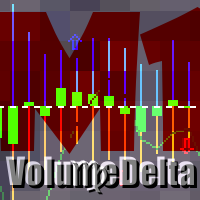
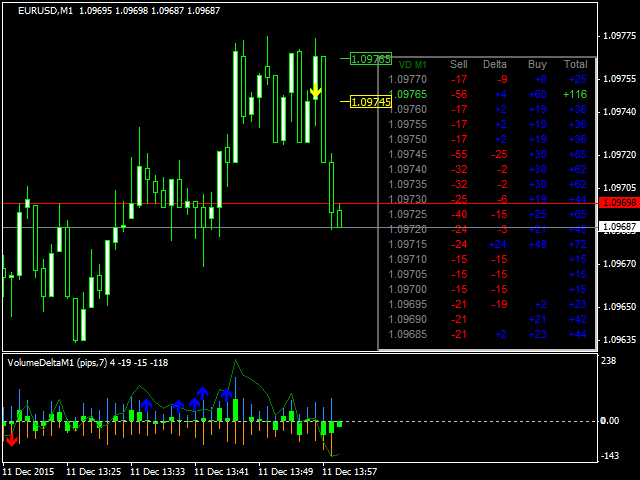

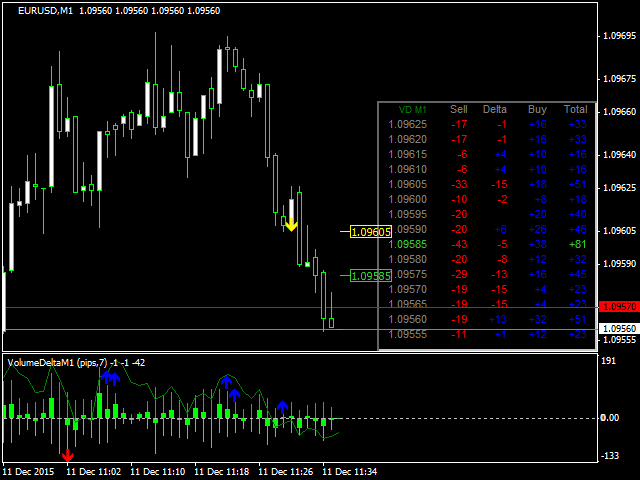
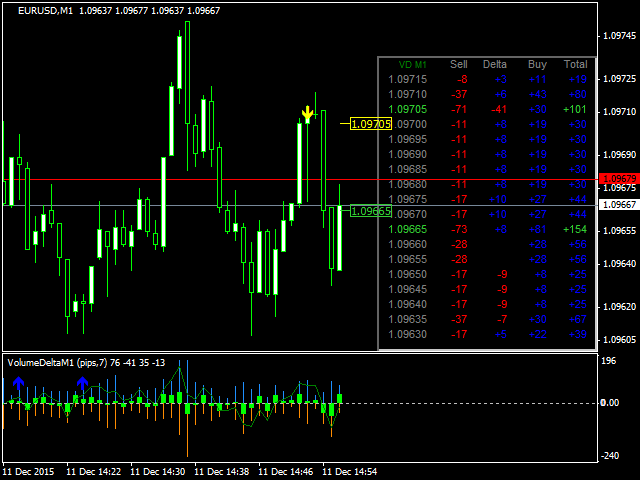
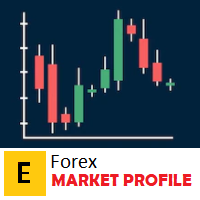
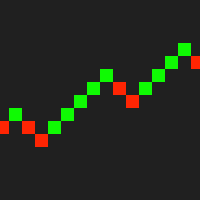
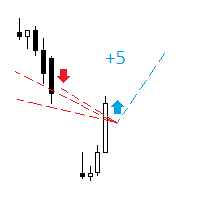








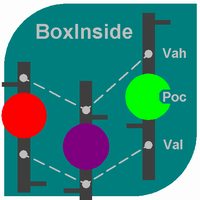
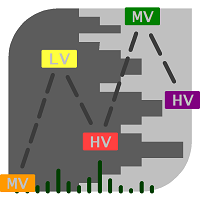
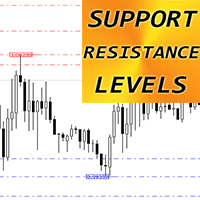
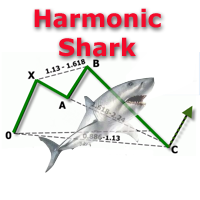

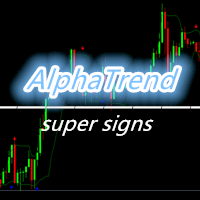
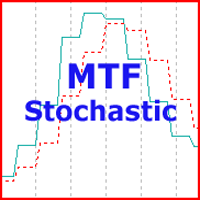

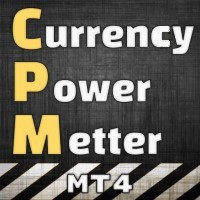

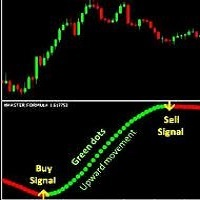
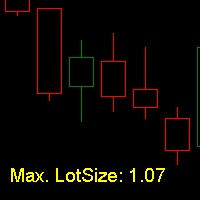
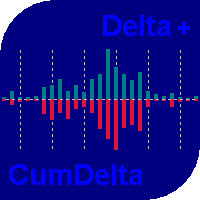

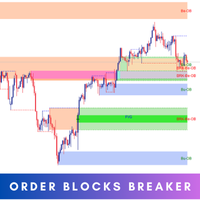
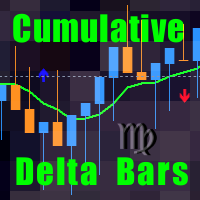
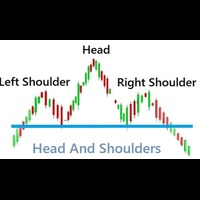
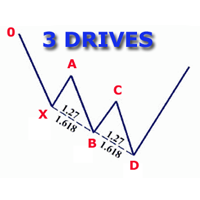
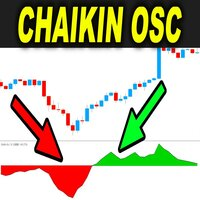

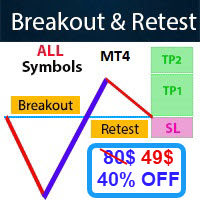









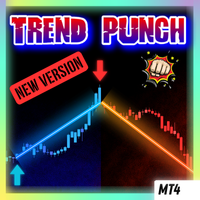

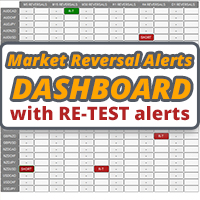

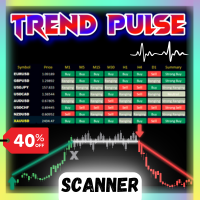
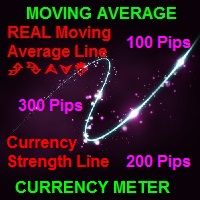
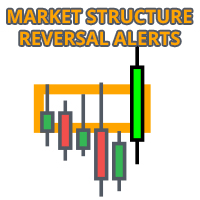



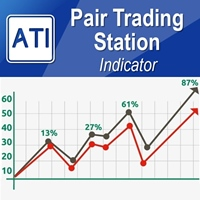

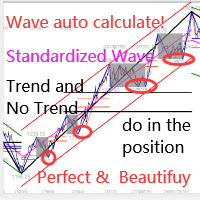


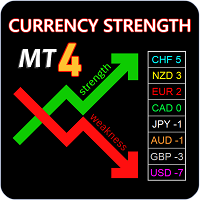
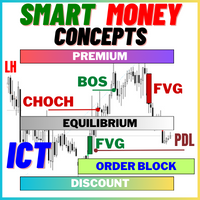


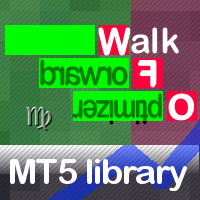
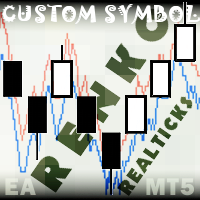

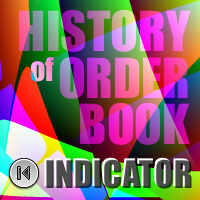
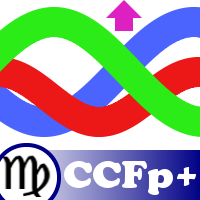

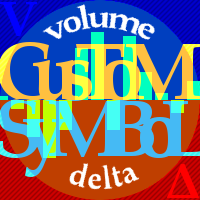










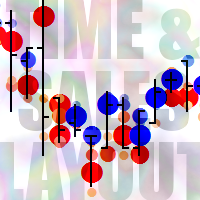
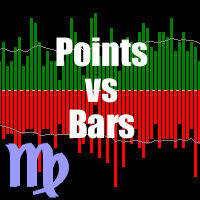



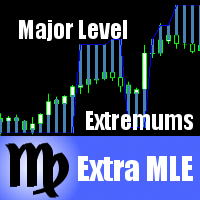


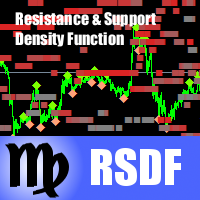
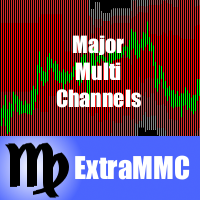
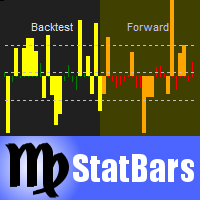
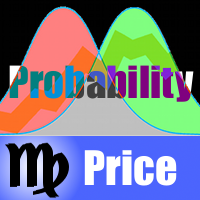

Good indicator, but the Alert on other timeframes 'Use timeframe M1 only' is very annoying.